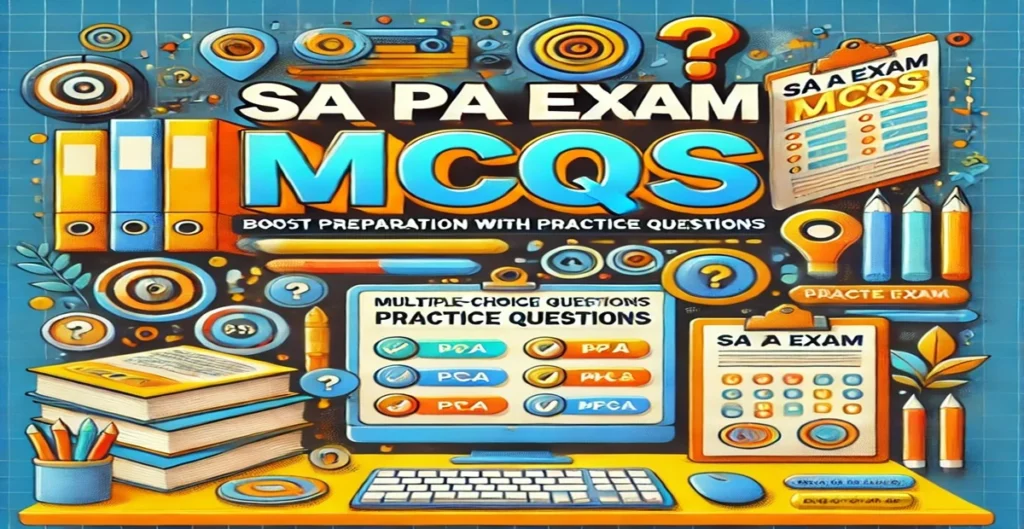Prepare for postal exams with our curated set of General Financial Rules 2017 MCQs, designed to help you understand the latest legal changes in the Indian postal system. These multiple-choice questions cover key sections, powers of postal authorities, offenses, penalties, and procedural updates. Ideal for Inspector of Post Offices (IPO) and other departmental exams, each question comes with clear explanations to strengthen your preparation. Stay updated with the new provisions and test your knowledge effectively with this focused MCQ set based on the General Financial Rules 2017
1.According to Rule 7 of the General Financial Rules, 2017, money received by or on behalf of the Government must be:
A) Deposited into a personal account
B) Deposited into the Government Account
C) Kept in a bank for interest accumulation
D) Used immediately for departmental expenses
[show_answer]The correct answer is: Deposited into the Government Account [/show_answer]
2.According to Rule 11, which of the following forms must be used for issuing receipts when officers receive money on behalf of the Government?
A) Form GAR-6
B) Form GAR-7
C) Form GAR-8
D) Form GAR-5
[show_answer]The correct answer is: Form GAR-6 [/show_answer]
3.Under Rule 18, when can revenue be remitted or abandoned?
A) Automatically when the department deems fit
B) When authorized by the competent authority
C) When there is a general election
D) When the financial year ends
[show_answer]The correct answer is: When authorized by the competent authority [/show_answer]
4.What is the responsibility of the Controlling Officer as per Rule 26 regarding budget allocation?
A) To approve expenditures from the Treasury
B) To ensure that expenditure does not exceed the budget allocation and is incurred for the intended purpose
C) To delegate expenditure approval powers to subordinate officers
D) To oversee the procurement process for public projects
[show_answer]The correct answer is: To ensure that expenditure does not exceed the budget allocation and is incurred for the intended purpose [/show_answer]
5.When must bids be invited via limited tender enquiry, according to Rule 201?
A) For contracts above ₹10 Lakhs
B) For contracts under ₹10 Lakhs, with at least three contractors invited
C) For contracts above ₹50 Lakhs
D) For contracts below ₹1 Lakh
[show_answer]The correct answer is: For contracts under ₹10 Lakhs, with at least three contractors invited [/show_answer]
6.What must be included in the tender enquiry for non-consulting services, as per Rule 200?
A) Work description, eligibility criteria, facilities provided by the Ministry, and statutory obligations
B) Only a price list
C) A detailed technical manual
D) The names of shortlisted contractors
[show_answer]The correct answer is: Work description, eligibility criteria, facilities provided by the Ministry, and statutory obligations [/show_answer]
7.What does the Least Cost System (LCS) involve, as per Rule 193?
A) Selection is based only on the lowest cost, without considering technical score
B) A balance between technical score and cost
C) Only technical expertise is considered for selection
D) A reverse auction system to select the lowest bidder
[show_answer]The correct answer is: Selection is based only on the lowest cost, without considering technical score [/show_answer]
8.How is Quality and Cost-Based Selection (QCBS) structured, according to Rule 192?
A) 100% of the selection is based on cost
B) A fixed technical score is assigned, and the lowest cost bid wins
C) The RFP specifies the weightage for technical and cost factors (e.g., 70:30 or 60:40), with technical weightage not exceeding 80%
D) The selection is solely based on the consultant’s qualifications
[show_answer]The correct answer is: The RFP specifies the weightage for technical and cost factors (e.g., 70:30 or 60:40), with technical weightage not exceeding 80% [/show_answer]
9.What is the primary purpose of the Request for Proposal (RFP) under Rule 186?
A) To invite technical and financial proposals from shortlisted consultants
B) To outline the project budget
C) To announce the successful bidder
D) To provide guidelines for submitting quotations
[show_answer]The correct answer is: To invite technical and financial proposals from shortlisted consultants [/show_answer]
10.What must the Terms of Reference (TOR) for consultancy services include, as per Rule 185?
A) Only the objectives of the work
B) Objectives, tasks, completion schedule, inputs, and deliverables
C) Details of the consultant’s previous work
D) Financial terms and conditions only
[show_answer]The correct answer is: Objectives, tasks, completion schedule, inputs, and deliverables [/show_answer]
